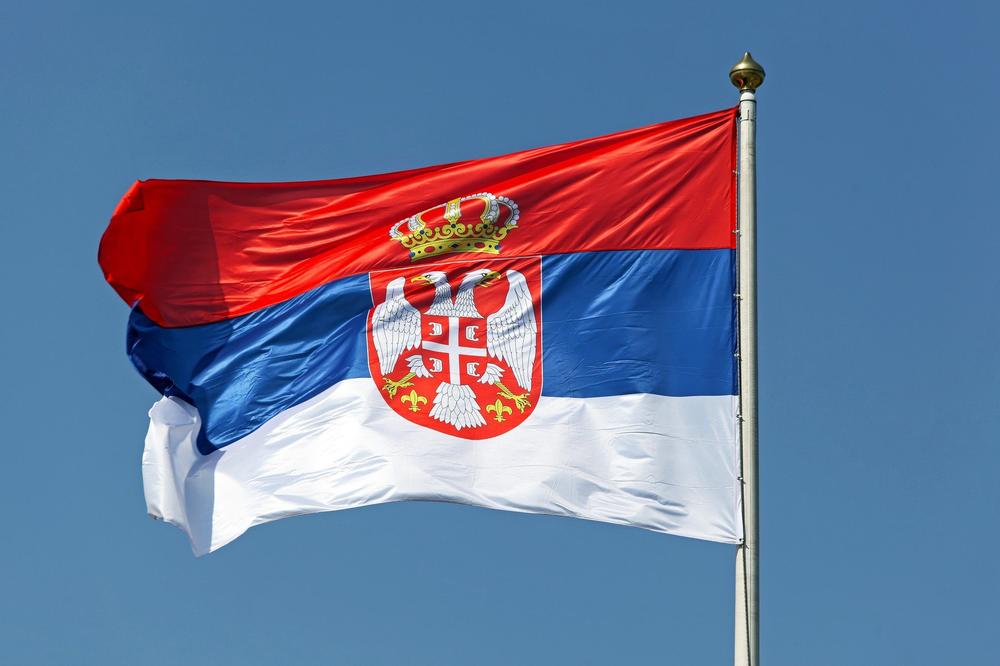

Republic of Serbia is sovereign country which is located on the crossroad of middle and southeastern Europe in the southern part of Pannonian Plain and in the center of peninsula. By most its part it grips Balcanian peninsula, and its smaller part grips Pannonian Plain. Serbian northern borders are with Hungary, northeastern are with Romania, eastern are with Bulgaria, southern are with North Macedonia, southwestern are with Albania and Montenegro, and western are with Croatia and Bosnia and Herzegovina (entity of Republica Srpska). Serbia without Kosovo and Metohia counts around 7 million people, and with Kosmet counts around 8.8 million people.
When we think about Serbia, most of us already know quite a few things. Such as that Tesla was a Serb, that most Serbian last names end with the letters “ić”, and that the number one tennis player, Novak Djoković, comes from Serbia… But Serbia is a country that’s never ever short of surprises! Here are some little known facts about Serbia you probably never heard about.
Between the 3rd and 4th century, a total of 18 Roman emperors were born on the soil of what is modern-day Serbia. That number accounts for a fifth of all Roman rulers.
Those raspberriess you’re eating are Serbian! Serbia has been topping the global raspberry export list for several years now. In 2012, almost 95% of the world’s raspberries came from this country.
“Vampir” is the most famous Serbian word that is accepted and used across the world. Furthermore, the first vampire wasn’t count Dracula but Petar Blagojević, about whose vampirism was extensively written about in the Austrian press in 1725.
When people think about clocks we think about the Swiss. They’re wrong! They should be thinking about Serbs. The Serbian clock-making industry is older than the world-famous Swiss one. The Serbs had their own clock at least 200 years before the Swiss did.
Belgrade is the largest city from the territory of the former Yugoslavia and the capital of the Republic of Serbia. In addition to its size, the capital captivates with its special architecture and sights. Kalemegdan, the confluence of the Sava and Danube rivers, leaves every visitor breathless. Skadarska Street, the Temple of Saint Sava, Knez Mihailova Street are just some of the sights you must not miss when you come to this city.
One of the oldest cities, and the richness of history is something that sets this city apart from others and that attracts many tourists.


Novi Sad is the largest city of the Autonomous Province of Vojvodina and its administrative center, after Belgrade the second city in Serbia in terms of population and area. According to the final results of the 2011 census, in the administrative territory of the city of Novi Sad lived 341,625 inhabitants, while in the settlement of Novi Sad lived 250,439 inhabitants, and in the urban area of the city of Novi Sad 277,522 inhabitants, while in 2019. in the wider area counted 402,681 inhabitants.
Founded in 1694, Novi Sad has long been a center of Serbian culture, which is why it is often called Serbian Athens. Today, Novi Sad is a major industrial and financial center of the Serbian economy, a university city and school center, cultural, scientific, health and political center of the Autonomous Province of Vojvodina, a city hosting many international and domestic economic, cultural, scientific and sports events, as well as a museum city, gallery, library and theater.
Niš is the largest city in the south of the Republic of Serbia and the seat of the Nišava administrative district. According to the 2011 census, there were 260,237 inhabitants in the area of the city of Niš, while in the settlement itself there were 183,164 inhabitants, so Niš is the third largest city in Serbia (after Belgrade and Novi Sad).
It is located 237 km southeast of Belgrade on the Nišava River, not far from its confluence with the South Morava. The city of Niš covers an area of about 596.73 km2, including Niska Banja and 68 suburbs.
Enjoy a beautiful sunset at the Niš Fortress with your loved one.
